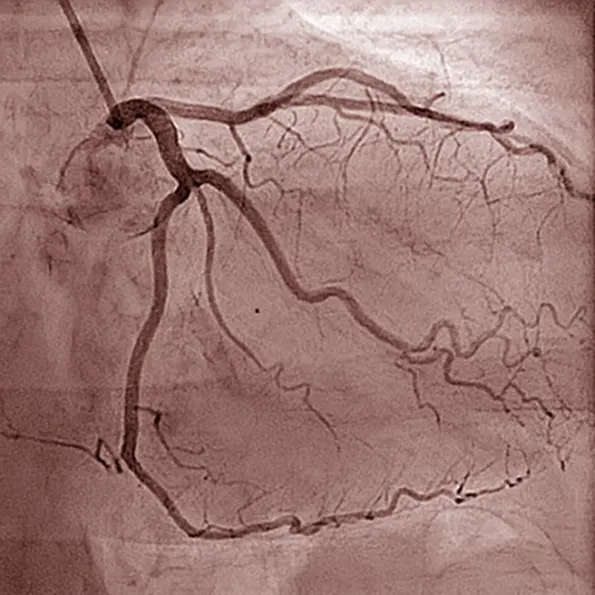- Surgery Overview
Coronary angiography is a diagnostic procedure used to visualize the blood vessels of the heart (coronary arteries). It helps identify blockages or narrowing that may cause chest pain or other heart problems. A contrast dye is injected through a thin, flexible tube (catheter) that is usually inserted into the femoral artery in the groin or the radial artery in the wrist. X-ray images are then taken to assess blood flow to the heart muscle. - Type of Anesthesia
Coronary angiography is typically performed under local anesthesia with mild sedation. The patient remains awake but relaxed and does not feel pain in the catheter insertion area. - Possible Risks and Complications
Bleeding or bruising at the catheter insertion site
Allergic reaction to the contrast dye
Irregular heart rhythms (arrhythmias)
Blood vessel damage
Heart attack or stroke (rare)
Kidney damage (especially in patients with pre-existing kidney problems)
Infection (very rare)
Reaction to sedation or anesthesia
- Hospital Stay Duration
Coronary angiography is usually done as a day procedure, and most patients can go home the same day after a few hours of observation.
In some cases, especially if further treatment like angioplasty is needed, a longer hospital stay may be required. - Important Post-Operative Care
Rest and avoid strenuous activities for 1–2 days after the procedure
Keep the insertion site clean and dry; monitor for signs of infection or unusual bleeding
Drink plenty of fluids to help flush the contrast dye from the body
Avoid heavy lifting or bending for a few days, especially if the catheter was inserted through the groin
Take prescribed medications as directed and follow up with your cardiologist for further treatment plans
Notify your doctor immediately if you experience chest pain, shortness of breath, swelling, or severe bleeding.

